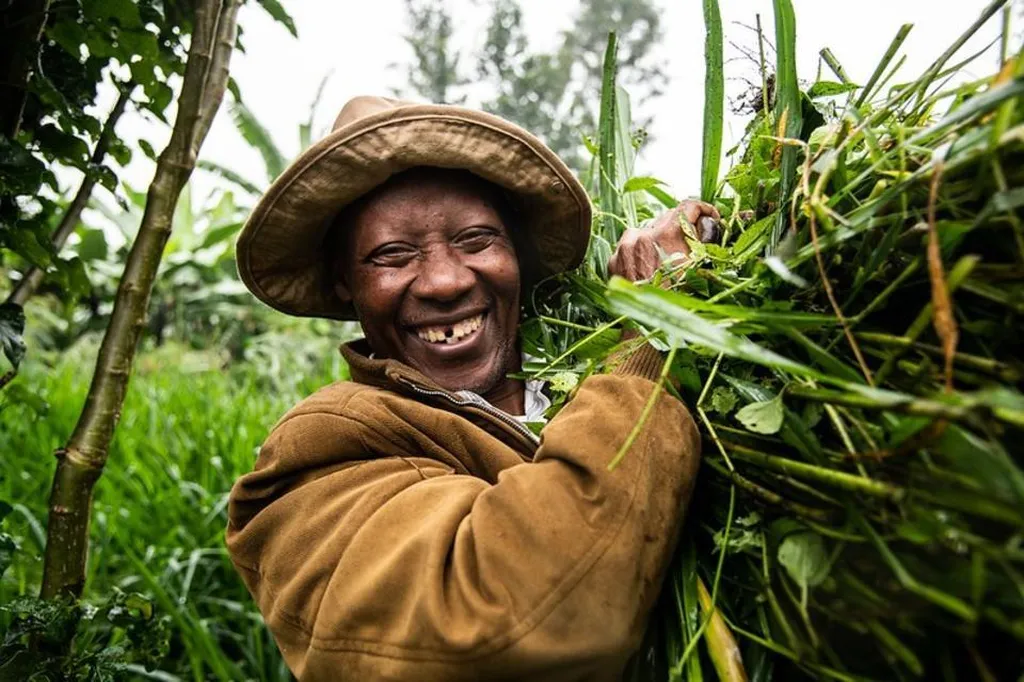In the heart of rural economies, smallholder farmers toil away, producing the bulk of the developing world’s food, yet they remain largely sidelined by formal banking systems. This exclusion forces many to turn to high-cost informal lenders, stifling their potential and hindering agricultural growth. However, a new commentary published in the *International Journal of Agricultural Sustainability* offers a glimmer of hope, suggesting that green technology and innovative finance could bridge this gap, enhancing both financial accessibility and environmental sustainability.
The study, led by Enock Siankwilimba of the Graduate School of Business at the University of Zambia, draws on a structured review of academic and grey literature to paint a compelling picture of the current landscape. It reveals that traditional banking practices often favor larger corporate clients and fossil-fuel investments, leaving smallholder farmers without the products or support they need to thrive.
“Banks need to rethink their approach,” Siankwilimba asserts. “By integrating green financial tools, they can unlock significant benefits for smallholder farmers and the environment.”
So, what exactly are these green financial tools? The commentary highlights several promising avenues. Climate-resilient loans, for instance, could provide farmers with the financial cushion they need to weather literal and metaphorical storms. Sustainable insurance products could safeguard their investments against crop failures and other unforeseen events. Meanwhile, renewable energy financing could power their farms more sustainably, reducing their carbon footprint and energy costs.
But the innovations don’t stop there. Digital platforms, such as mobile credit scoring and agent banking, could revolutionize the way smallholder farmers access and manage their finances. These technologies can streamline processes, reduce costs, and make banking services more accessible to those in remote rural areas.
The commentary also underscores the power of partnerships. Collaborations between banks, microfinance institutions, agri-tech firms, and development agencies can deliver practical solutions that support climate-smart agriculture. These alliances can pool resources, share expertise, and amplify impact, driving sustainable development in rural economies.
The potential commercial impacts for the agriculture sector are substantial. By enhancing financial accessibility, these innovations could boost agricultural productivity, increase incomes, and stimulate rural economies. Moreover, by promoting environmental sustainability, they could help mitigate climate change, preserve natural resources, and ensure food security for future generations.
Looking ahead, this research could shape future developments in the field by inspiring banks and financial institutions to adopt more inclusive and sustainable practices. It could also spur agri-tech firms to innovate and develop new tools tailored to the needs of smallholder farmers. Furthermore, it could encourage policymakers to create supportive regulatory environments that foster these innovations.
In essence, this commentary serves as a call to action, urging stakeholders to embrace green technology and innovative finance to empower smallholder farmers. As Siankwilimba puts it, “The time for change is now. The tools are at our disposal. We must act decisively to secure a sustainable and prosperous future for all.”

